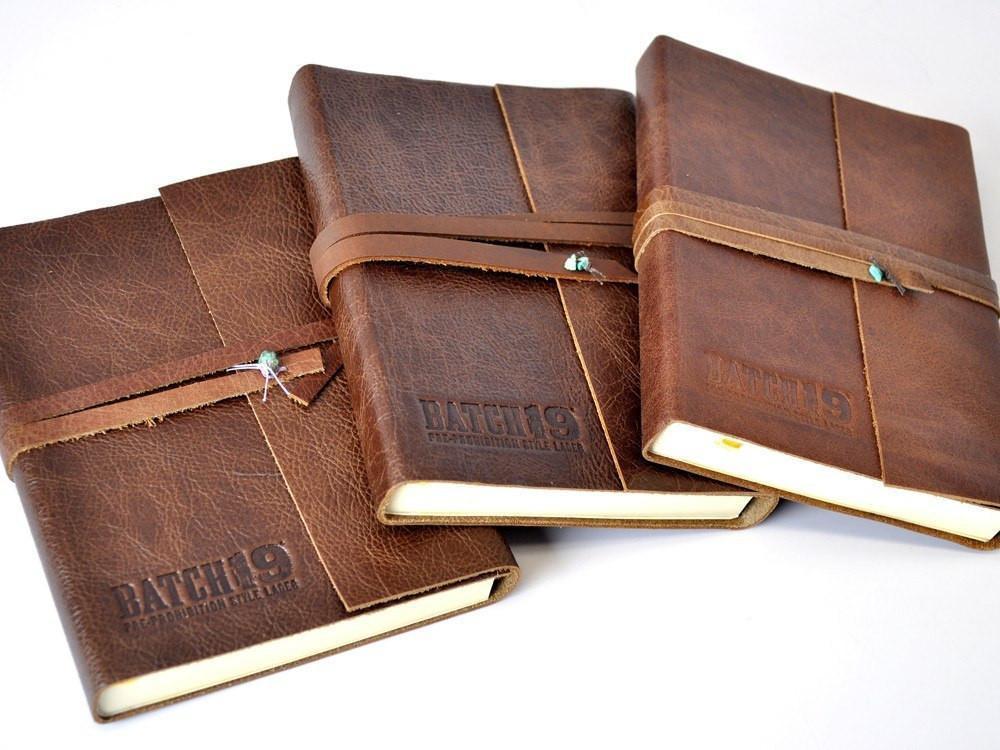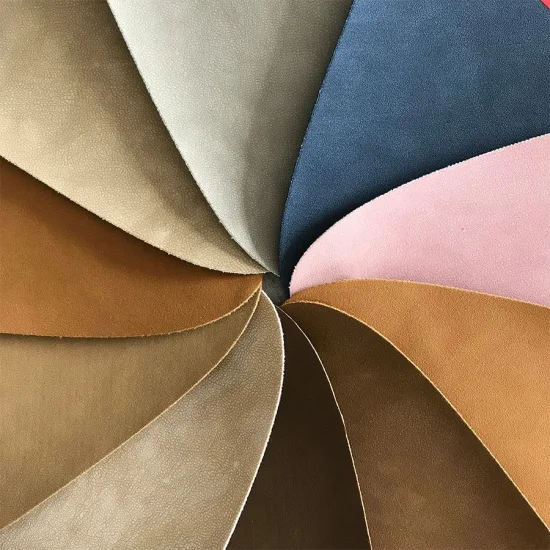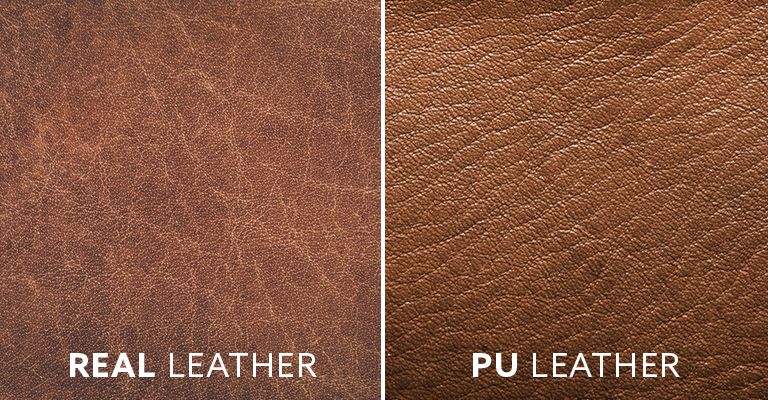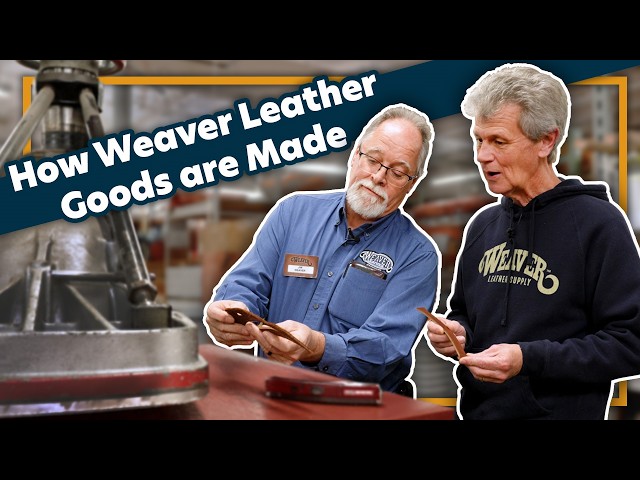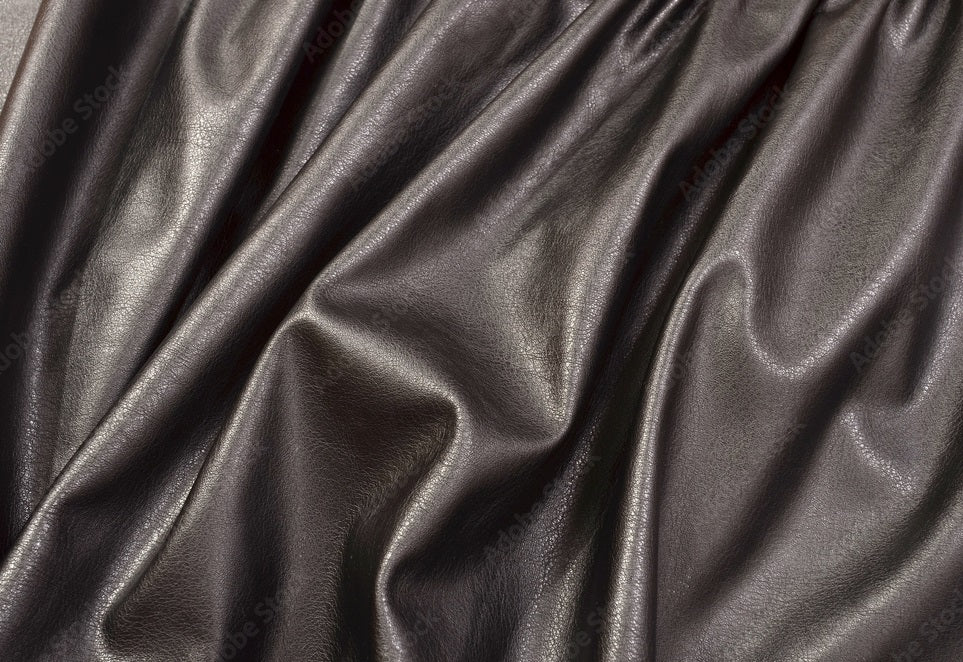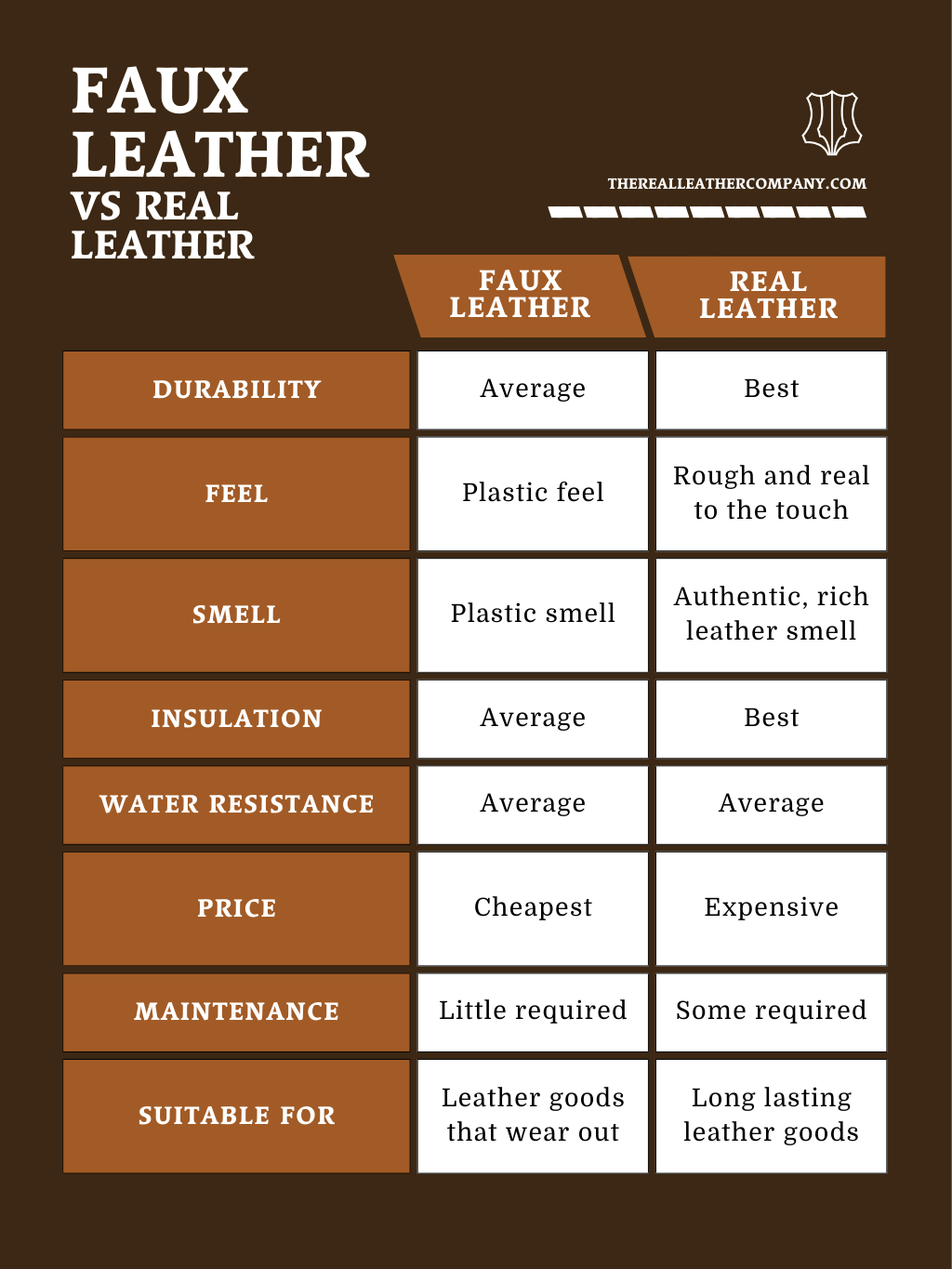Introduction: Navigating the Global Market for synthetic artificial leather
In today’s rapidly evolving marketplace, sourcing high-quality synthetic artificial leather presents a significant challenge for B2B buyers looking to meet diverse consumer demands. As global trends shift towards sustainable and ethical materials, understanding the nuances of synthetic leather—from its various types and applications to supplier vetting and cost considerations—has become essential. This comprehensive guide serves as a valuable resource for international buyers, particularly those operating in Africa, South America, the Middle East, and Europe, including key markets like Saudi Arabia and Vietnam.
Our exploration delves into the intricate landscape of synthetic artificial leather, covering everything from the production processes and material properties to innovative uses in fashion, upholstery, and automotive industries. Additionally, we provide actionable insights on how to evaluate suppliers, ensuring that you select partners who not only deliver quality products but also adhere to sustainability practices.
By equipping you with the knowledge to make informed purchasing decisions, this guide empowers your business to navigate the complexities of the synthetic leather market effectively. Whether you’re aiming to enhance your product line with eco-friendly alternatives or seeking competitive pricing strategies, understanding the global dynamics of synthetic artificial leather will position your business for success in an increasingly competitive environment.
Table Of Contents
- A Look at Synthetic Artificial Leather Manufacturers & Suppliers
- Introduction: Navigating the Global Market for synthetic artificial leather
- Understanding synthetic artificial leather Types and Variations
- Key Industrial Applications of synthetic artificial leather
- 3 Common User Pain Points for ‘synthetic artificial leather’ & Their Solutions
- Strategic Material Selection Guide for synthetic artificial leather
- In-depth Look: Manufacturing Processes and Quality Assurance for synthetic artificial leather
- Practical Sourcing Guide: A Step-by-Step Checklist for ‘synthetic artificial leather’
- Comprehensive Cost and Pricing Analysis for synthetic artificial leather Sourcing
- Alternatives Analysis: Comparing synthetic artificial leather With Other Solutions
- Essential Technical Properties and Trade Terminology for synthetic artificial leather
- Navigating Market Dynamics and Sourcing Trends in the synthetic artificial leather Sector
- Frequently Asked Questions (FAQs) for B2B Buyers of synthetic artificial leather
- Strategic Sourcing Conclusion and Outlook for synthetic artificial leather
- Important Disclaimer & Terms of Use
Understanding synthetic artificial leather Types and Variations
| Type Name | Key Distinguishing Features | Primary B2B Applications | Brief Pros & Cons for Buyers |
|---|---|---|---|
| Polyurethane (PU) | Soft feel, high durability, more breathable than PVC | Apparel, upholstery, automotive interiors | Pros: Comfortable, eco-friendlier than PVC. Cons: Higher cost than PVC. |
| Polyvinyl Chloride (PVC) | Cost-effective, water-resistant, less breathable | Furniture, bags, flooring, automotive interiors | Pros: Affordable, versatile. Cons: Less breathable, environmental concerns. |
| Biodegradable Synthetic Leather | Made from plant-based materials, eco-friendly | Fashion, furniture, luxury goods | Pros: Environmentally friendly, ethical. Cons: Limited availability, potentially higher cost. |
| Couro de microfibra | Soft texture, high abrasion resistance | Fashion accessories, upholstery, automotive | Pros: Durable, easy to clean. Cons: Can be expensive, may not appeal to all consumers. |
| Naugahyde | Durable, versatile, historically significant | Commercial upholstery, automotive, marine | Pros: Long-lasting, stain-resistant. Cons: Heavier, less eco-friendly. |
What Are the Key Characteristics of Polyurethane (PU) Synthetic Leather?
Polyurethane (PU) synthetic leather is known for its soft texture and high durability, making it a popular choice in various applications, including apparel and automotive interiors. Its breathable nature offers a more comfortable experience compared to PVC alternatives, which can be crucial for products like clothing and upholstery. B2B buyers should consider the balance between cost and quality when purchasing PU, as it tends to be more expensive than PVC but provides a better overall aesthetic and user experience.
How Does Polyvinyl Chloride (PVC) Synthetic Leather Compare?
Polyvinyl Chloride (PVC) synthetic leather is recognized for its cost-effectiveness and versatility. It is widely used in furniture, bags, and flooring due to its water-resistant properties. However, it lacks breathability, which can impact comfort in apparel applications. B2B buyers should weigh the affordability of PVC against its environmental concerns, as production can release harmful chemicals. Companies focused on sustainability may prefer alternatives despite the lower price point.
What Are the Advantages of Biodegradable Synthetic Leather?
Biodegradable synthetic leather is crafted from plant-based materials, addressing both ethical and environmental concerns associated with traditional synthetic leathers. This type is increasingly favored in the fashion and luxury goods sectors where sustainability is a selling point. Although it may come at a higher cost and limited availability, the appeal to eco-conscious consumers can provide a significant competitive advantage for B2B buyers looking to differentiate their offerings.
Why Consider Microfiber Leather for Your B2B Needs?
Microfiber leather is known for its soft texture and high abrasion resistance, making it ideal for fashion accessories and automotive upholstery. It is easy to clean and maintain, which is a significant advantage for businesses in high-use environments. However, its cost may deter some buyers, and it may not appeal to all consumers due to varying perceptions of synthetic materials. B2B purchasers should evaluate the target market’s preferences when considering microfiber leather.
What Makes Naugahyde a Reliable Choice?
Naugahyde has a long-standing reputation for durability and versatility, making it suitable for commercial upholstery, automotive, and marine applications. Its stain-resistant properties add to its appeal for high-traffic environments. However, its heavier weight and environmental impact may be drawbacks for some buyers. Companies looking for long-lasting materials should consider Naugahyde for its proven track record, but they should also be mindful of the growing demand for more sustainable options.
Key Industrial Applications of synthetic artificial leather
| Industry/Sector | Specific Application of synthetic artificial leather | Value/Benefit for the Business | Key Sourcing Considerations for this Application |
|---|---|---|---|
| Automotive | Upholstery for car interiors | Enhances aesthetics while being cost-effective | Durability, color options, and compliance with safety standards |
| Furniture | Upholstery for sofas and chairs | Provides a stylish, easy-to-maintain option | Resistance to wear and tear, stain resistance, and comfort |
| Fashion and Accessories | Handbags, jackets, and footwear | Offers versatility and a cruelty-free alternative | Material quality, flexibility, and color variety |
| Sports Equipment | Protective gear and bags | Lightweight, durable, and easy to clean | Abrasion resistance, moisture-wicking properties, and safety certifications |
| Home Decor | Wall coverings and decorative items | Aesthetic appeal with practical benefits | Fire resistance, ease of installation, and design options |
How is Synthetic Artificial Leather Used in the Automotive Industry?
In the automotive sector, synthetic artificial leather is primarily used for upholstery in car interiors, including seats, door panels, and dashboards. This material enhances the vehicle’s aesthetic appeal while being cost-effective compared to genuine leather. It addresses issues such as wear and tear from daily use, offering a durable and easy-to-clean surface. For international buyers, particularly in regions like Africa and the Middle East, sourcing synthetic leather that meets local climate conditions and safety regulations is crucial. Considerations should include the material’s resistance to fading and cracking in extreme temperatures.
What are the Benefits of Using Synthetic Artificial Leather in Furniture?
In the furniture industry, synthetic artificial leather is favored for its application in sofas, chairs, and other upholstered items. It provides a stylish, low-maintenance alternative to traditional fabrics and genuine leather. The material is resistant to stains and easy to clean, making it ideal for homes with children or pets. Buyers from South America and Europe should prioritize sourcing options that offer durability and a variety of colors and textures to meet diverse consumer preferences. Additionally, fire resistance and compliance with local safety standards are key factors in the selection process.
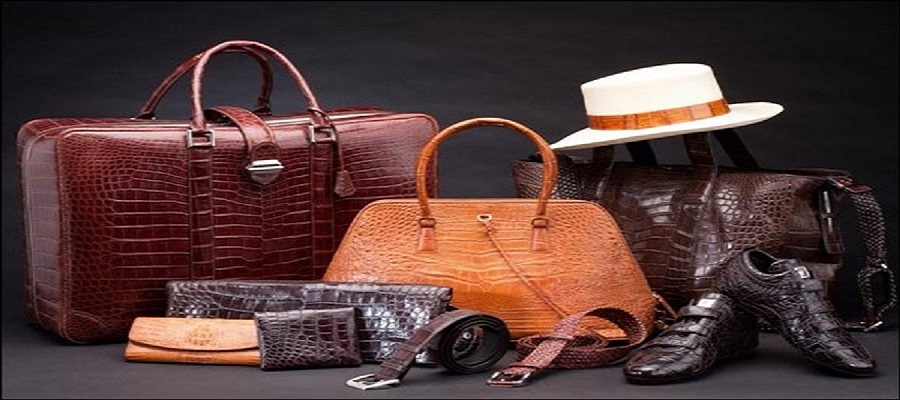
Illustrative image related to synthetic artificial leather
Why is Synthetic Artificial Leather Popular in Fashion and Accessories?
The fashion industry utilizes synthetic artificial leather in products such as handbags, jackets, and footwear, providing a versatile and cruelty-free alternative to animal leather. This material allows designers to experiment with colors and textures that are often not feasible with genuine leather. For B2B buyers in regions like Europe, where ethical sourcing is increasingly important, sourcing synthetic leather that aligns with sustainability goals is essential. Flexibility and high-quality finish are significant requirements to ensure the final products meet consumer expectations.
How Does Synthetic Artificial Leather Enhance Sports Equipment?
In sports equipment, synthetic artificial leather is commonly used for protective gear, sports bags, and balls. Its lightweight nature, combined with durability and ease of cleaning, makes it an excellent choice for high-performance applications. International buyers, especially from Africa and the Middle East, should focus on sourcing materials that provide abrasion resistance and moisture-wicking properties, ensuring that the equipment can withstand intense use. Additionally, safety certifications are vital to guarantee that the products meet industry standards.
What Role Does Synthetic Artificial Leather Play in Home Decor?
Synthetic artificial leather is increasingly used in home decor for wall coverings and decorative items, offering an aesthetic appeal with practical benefits. It allows for creative designs and textures that can transform spaces without the high maintenance associated with traditional materials. For B2B buyers in South America and Europe, sourcing options should include considerations for fire resistance and ease of installation. Furthermore, a range of design options can cater to various market preferences, making it a versatile choice for interior designers and decorators.
3 Common User Pain Points for ‘synthetic artificial leather’ & Their Solutions
Scenario 1: Inconsistent Quality Across Suppliers
The Problem: B2B buyers often face significant challenges in maintaining consistent quality when sourcing synthetic artificial leather from multiple suppliers. Variations in thickness, texture, and durability can lead to discrepancies in product performance and customer satisfaction. This inconsistency can be particularly damaging for businesses that rely on synthetic leather for high-end applications, such as luxury furniture or automotive interiors, where a premium feel is essential.
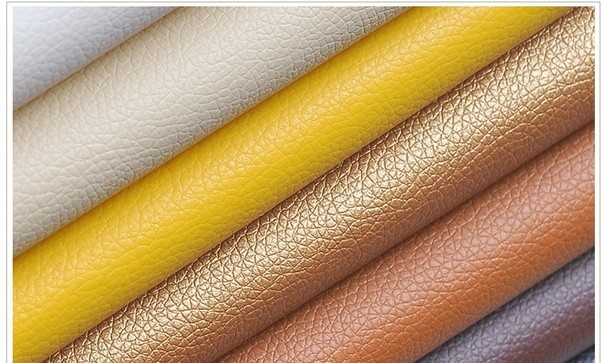
Illustrative image related to synthetic artificial leather
The Solution: To mitigate this issue, buyers should establish a robust quality assurance process when sourcing synthetic artificial leather. This involves requesting detailed specifications from suppliers, including material composition, production methods, and testing standards. Buyers should also conduct sample testing before making large orders, ensuring that the material meets their standards. Furthermore, building long-term relationships with a select few suppliers can lead to more reliable quality, as these partners become more attuned to the buyer’s specific needs and expectations. Regular audits and feedback loops can also help maintain quality consistency over time.
Scenario 2: Environmental and Ethical Concerns
The Problem: Increasingly, B2B buyers are confronted with environmental and ethical dilemmas surrounding the use of synthetic artificial leather. Traditional synthetic leathers, primarily made from PVC or polyurethane, raise concerns due to their non-biodegradable nature and the harmful chemicals released during production. This creates a challenge for companies aiming to adopt sustainable practices and meet the growing consumer demand for eco-friendly products.
The Solution: Buyers can address these concerns by prioritizing suppliers who offer environmentally friendly alternatives to traditional synthetic leather. This includes sourcing vegetable-based synthetic leathers or those produced using eco-conscious methods. When evaluating suppliers, buyers should ask for certifications that validate the eco-friendliness of the materials, such as Global Organic Textile Standard (GOTS) or OEKO-TEX certification. Implementing a clear sustainability policy within their procurement strategy can help buyers align their sourcing practices with their corporate social responsibility goals, enhancing their brand image and attracting environmentally conscious customers.
Scenario 3: Limited Customization Options
The Problem: Many B2B buyers discover that synthetic artificial leather products often lack customization options, which can be a significant hurdle for businesses aiming to differentiate their offerings in a competitive market. Standardized colors and textures may not align with a company’s branding or specific product requirements, limiting their ability to create unique and appealing products.
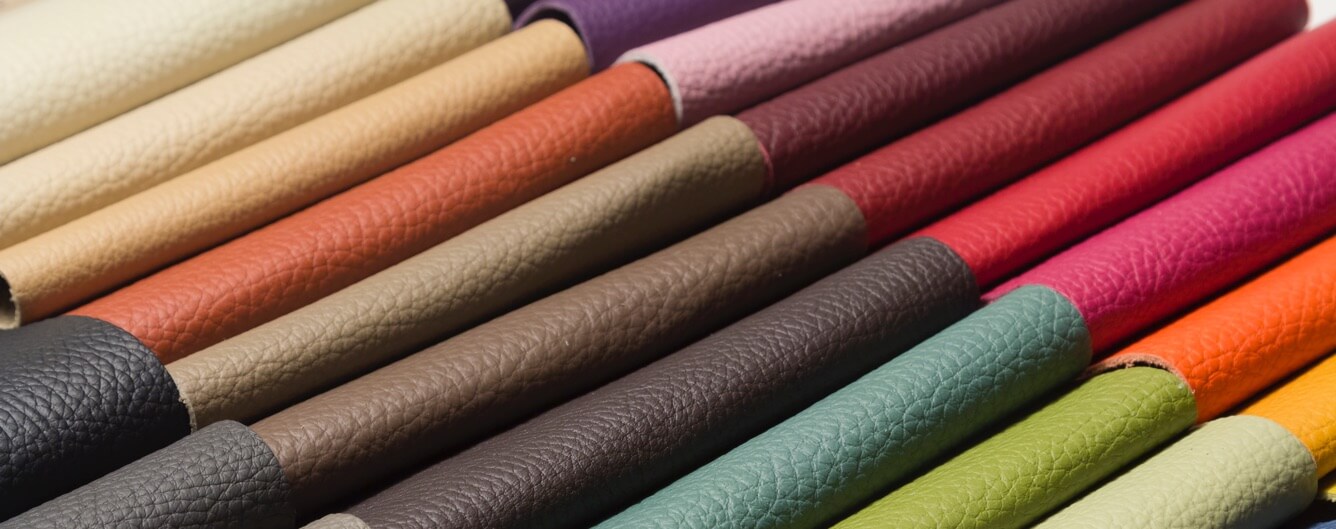
Illustrative image related to synthetic artificial leather
The Solution: To overcome this limitation, buyers should actively seek suppliers that offer customization services for synthetic artificial leather. This can include bespoke color matching, texture variations, and finishes that cater to specific design requirements. Buyers should communicate their needs early in the sourcing process, providing detailed specifications and samples of desired materials. Collaborating closely with suppliers to develop custom solutions can not only enhance product differentiation but also foster innovation. Additionally, leveraging advances in digital printing technology can allow for unique patterns and designs on synthetic leather, further expanding customization possibilities.
Strategic Material Selection Guide for synthetic artificial leather
What Are the Key Properties of Common Materials Used in Synthetic Artificial Leather?
When selecting materials for synthetic artificial leather, international B2B buyers must consider several commonly used materials, each with unique properties and implications for performance and application.
How Does Polyvinyl Chloride (PVC) Perform in Synthetic Leather Applications?
PVC is one of the most widely used materials in synthetic leather production. It is known for its durability and resistance to wear and tear, making it suitable for various applications, including upholstery and automotive interiors. PVC offers a high temperature resistance, which is beneficial in warmer climates, but it can be less breathable compared to other materials.
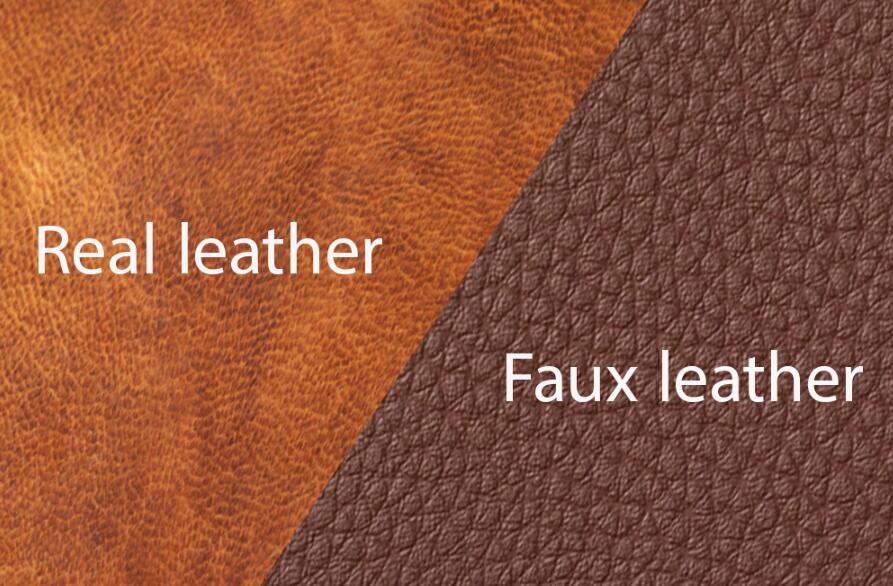
Illustrative image related to synthetic artificial leather
Pros: PVC is cost-effective and relatively easy to manufacture, making it a popular choice for mass production. It is also resistant to moisture, which enhances its longevity in environments prone to spills or humidity.
Cons: The primary drawback of PVC is its environmental impact; it is not biodegradable and can release harmful chemicals during production and disposal. Additionally, while it is durable, it may not provide the same luxurious feel as genuine leather.
Impact on Application: PVC is compatible with a wide range of media, including paints and adhesives, which is advantageous for custom applications. However, buyers should be aware of local regulations regarding PVC’s environmental impact.
What Are the Advantages of Polyurethane (PU) in Synthetic Leather Production?
Polyurethane (PU) is another common material used in synthetic leather. It is known for its soft texture and flexibility, mimicking the feel of genuine leather more closely than PVC. PU is also more breathable, which enhances comfort in clothing and upholstery applications.
Pros: PU offers excellent abrasion resistance and is less prone to cracking over time. It is also available in various finishes, allowing for greater aesthetic diversity in product offerings.
Cons: The manufacturing process for PU is more complex and can be costlier than PVC. Additionally, while PU is more environmentally friendly than PVC, it still poses some ecological concerns during production.
Impact on Application: PU’s compatibility with dyes and finishes makes it suitable for high-end applications, particularly in fashion and luxury goods. Buyers should ensure compliance with international standards for textile safety, particularly in the EU and North America.
What Role Do Vegetable-Based Alternatives Play in Synthetic Leather?
Vegetable-based synthetic leathers represent an emerging trend aimed at addressing environmental concerns associated with traditional materials. These alternatives are typically made from plant-derived materials, offering a more sustainable option.
Pros: The primary advantage of vegetable-based synthetic leather is its biodegradability, which appeals to environmentally conscious consumers. It also avoids the use of harmful chemicals often associated with traditional synthetic leather.
Cons: These materials can be more expensive to produce and may not yet match the durability and performance characteristics of PVC or PU. Additionally, the manufacturing processes are still being refined, which may affect consistency in quality.
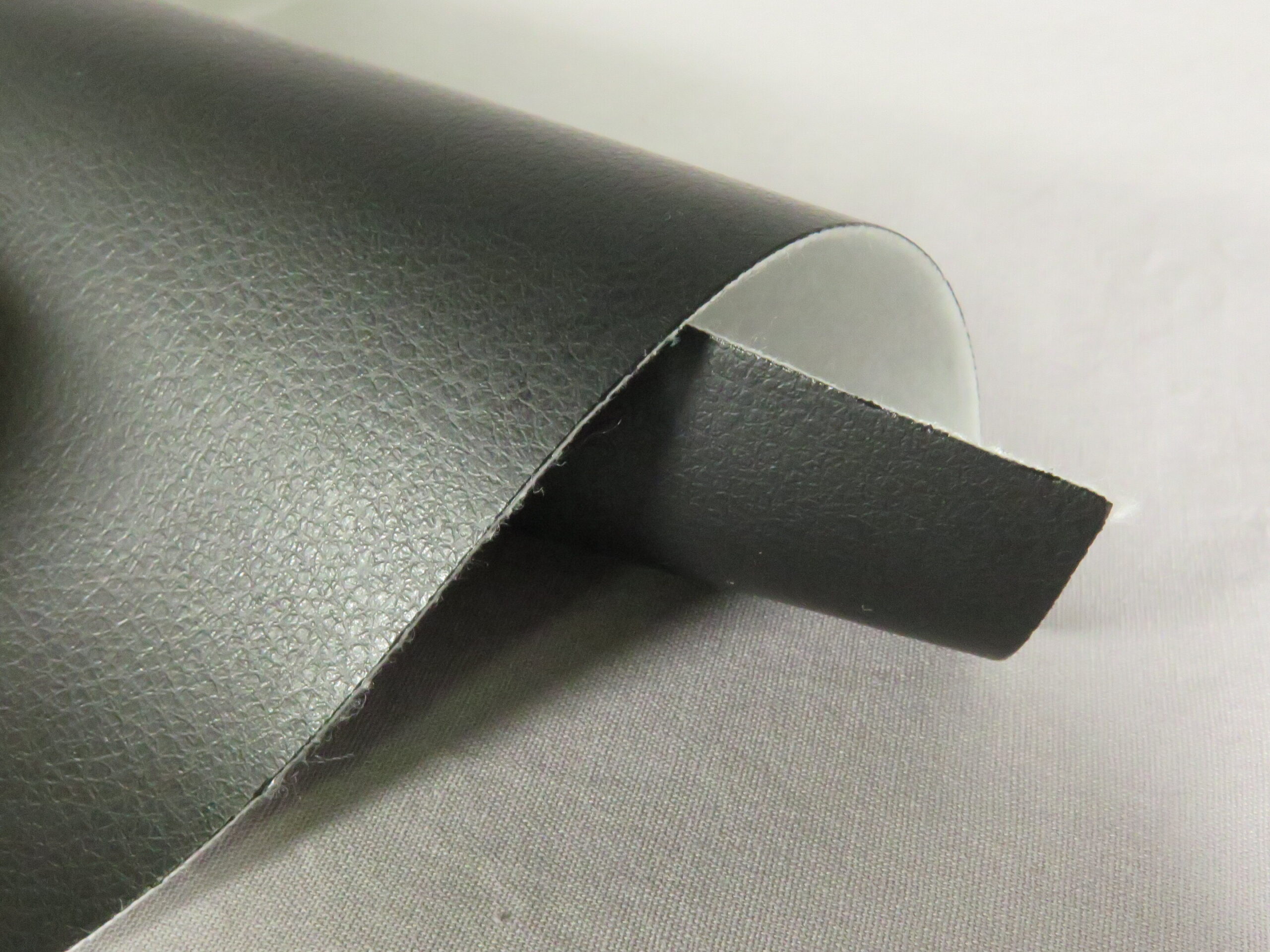
Illustrative image related to synthetic artificial leather
Impact on Application: Vegetable-based leathers are ideal for brands aiming to market eco-friendly products. However, buyers must consider the varying levels of performance in different climates, particularly in regions with high humidity or extreme temperatures.
How Do Buyers Navigate Material Selection for Synthetic Leather?
When sourcing synthetic leather materials, international buyers from regions like Africa, South America, the Middle East, and Europe should consider compliance with local and international standards such as ASTM, DIN, and JIS. Understanding regional preferences and regulations can significantly impact market acceptance and product success.
Summary Table of Common Materials for Synthetic Artificial Leather
| Material | Typical Use Case for synthetic artificial leather | Key Advantage | Key Disadvantage/Limitation | Relative Cost (Low/Med/High) |
|---|---|---|---|---|
| Polyvinyl Chloride (PVC) | Upholstery, automotive interiors | Cost-effective and durable | Environmental concerns and less luxurious feel | Low |
| Polyurethane (PU) | Fashion, luxury goods, upholstery | Soft texture and better breathability | Higher manufacturing cost | Med |
| Vegetable-Based | Eco-friendly products, fashion | Biodegradable and sustainable | Higher cost and variable performance | Elevado |
This guide provides a comprehensive overview of material options for synthetic artificial leather, helping B2B buyers make informed decisions based on performance, cost, and environmental impact.
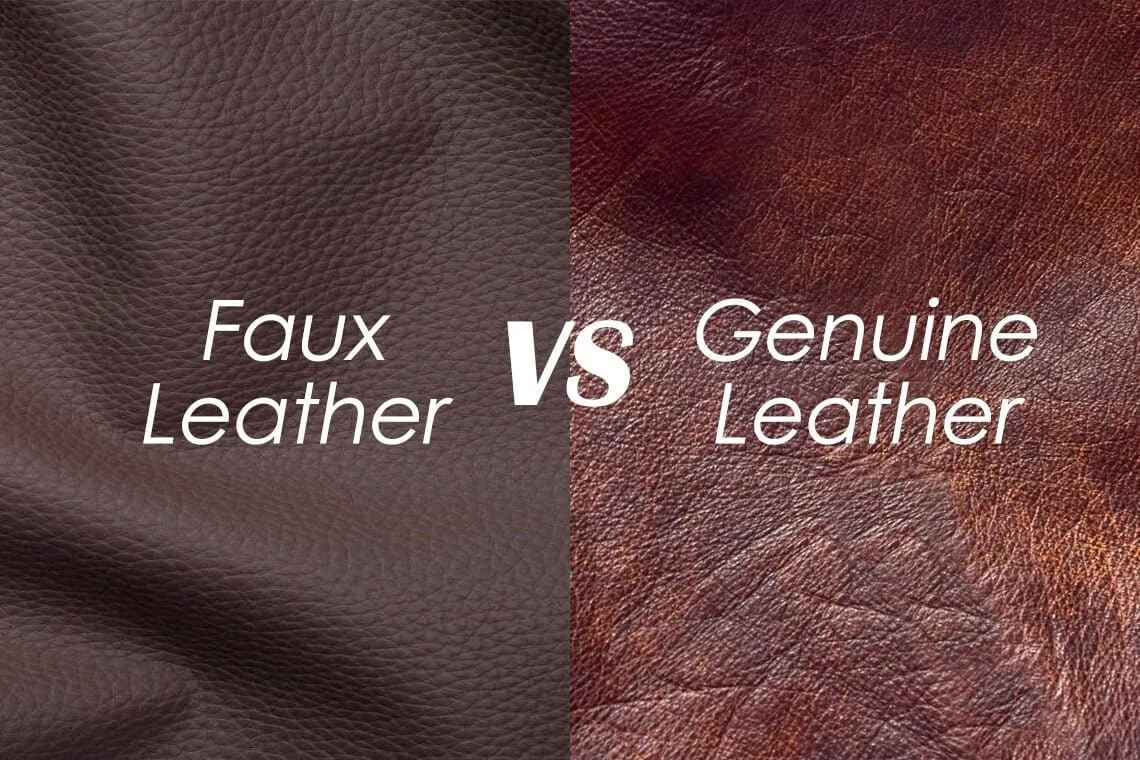
Illustrative image related to synthetic artificial leather
In-depth Look: Manufacturing Processes and Quality Assurance for synthetic artificial leather
What Are the Main Stages in the Manufacturing Process of Synthetic Artificial Leather?
The manufacturing of synthetic artificial leather is a multifaceted process that requires precision and adherence to quality standards. The primary stages can be categorized into material preparation, forming, assembly, and finishing.
How Is Material Prepared for Synthetic Leather Production?
Material preparation involves selecting the right base fabric, usually polyester or cotton, which serves as the foundation for synthetic leather. The base fabric must be porous and durable, often requiring special treatments to enhance its properties. Manufacturers may procure these materials from third-party suppliers or produce them in-house.
Next, the production of the plastic layer begins. The two primary materials used in synthetic leather are polyvinyl chloride (PVC) and polyurethane (PU). PVC is created through a chemical process involving salt and petroleum, while PU involves a more complex reaction of isocyanates and polyols. Manufacturers must ensure that the plastic is flexible, often incorporating plasticizers to achieve the desired characteristics.
What Techniques Are Used for Forming Synthetic Leather?
The forming stage typically involves binding the plastic to the base fabric. This can be achieved through various techniques, including lamination and coating. In lamination, the plastic is melted and applied to the fabric, while coating involves applying a layer of liquid plastic that solidifies upon drying. Both methods require careful control of temperature and pressure to ensure a uniform bond.
Once the plastic is bound to the fabric, it is cut into the desired shapes and sizes for further processing. This stage is crucial for ensuring that the final product meets specific design requirements and industry standards.
How Is Assembly Conducted in the Synthetic Leather Manufacturing Process?
Assembly may involve stitching or bonding the synthetic leather into various products, such as handbags, upholstery, or clothing. Manufacturers often utilize advanced machinery that allows for precise stitching while maintaining the integrity of the material. Quality control during assembly is vital, as any defects at this stage can lead to significant issues in the final product.
What Quality Assurance Measures Are Essential for Synthetic Leather?
Quality assurance (QA) is critical in synthetic leather manufacturing to ensure that products meet international standards and customer expectations. Manufacturers typically adhere to ISO 9001, which outlines the requirements for a quality management system. This standard is recognized globally and serves as a benchmark for quality assurance.
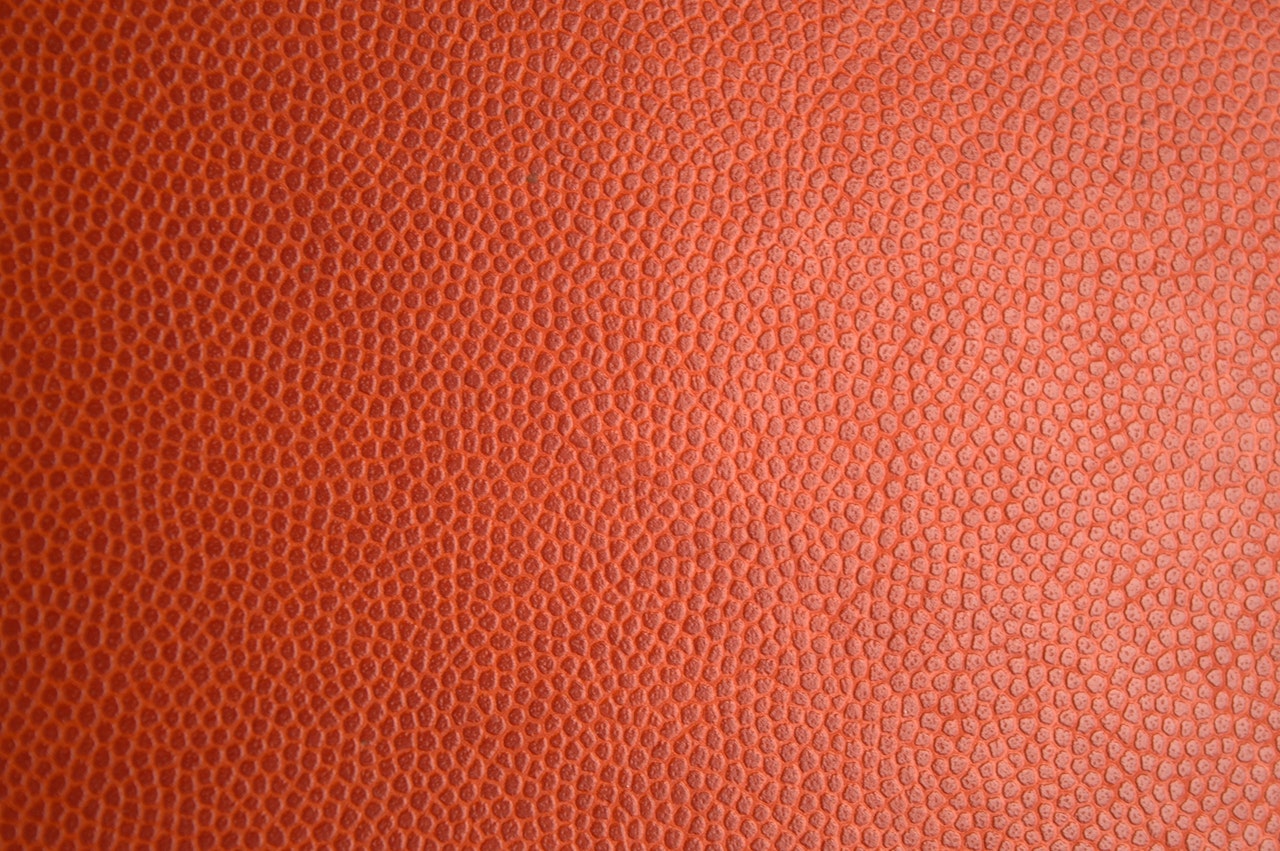
Illustrative image related to synthetic artificial leather
What Are the Key Quality Control Checkpoints?
Quality control (QC) in synthetic leather production generally includes several checkpoints:
-
Incoming Quality Control (IQC): This initial stage involves inspecting raw materials before they enter the production process. Ensuring that base fabrics and chemicals meet specified standards is essential for maintaining quality throughout production.
-
In-Process Quality Control (IPQC): During the manufacturing process, continuous monitoring is performed to identify any deviations from quality standards. This can include checking the thickness of the plastic layer, the strength of the bond between materials, and adherence to color specifications.
-
Final Quality Control (FQC): After assembly, products undergo final inspections to ensure they meet customer specifications and international standards. This includes checking for defects, measuring dimensions, and testing functionality.
What Testing Methods Are Commonly Used in Synthetic Leather Quality Control?
Several testing methods are employed to assess the quality of synthetic leather. Common tests include:
- Tensile Strength Tests: To evaluate the durability and strength of the material.
- Abrasion Resistance Tests: To determine how well the synthetic leather withstands wear and tear.
- Color Fastness Tests: To ensure that the color remains stable under various conditions, such as exposure to light and washing.
- Water Resistance Tests: To assess how well the material repels water and resists staining.
How Can B2B Buyers Verify Supplier Quality Control?
For B2B buyers, particularly those in Africa, South America, the Middle East, and Europe, verifying the quality control measures of potential suppliers is crucial.
What Methods Can Buyers Use for Supplier Audits and Inspections?
-
Supplier Audits: Conducting on-site audits allows buyers to assess the manufacturing processes, quality control systems, and overall compliance with international standards. This firsthand evaluation can provide insights into the supplier’s operational capabilities.
-
Quality Reports: Requesting detailed quality reports from suppliers can help buyers understand their testing methods, results, and overall quality performance. These reports should outline compliance with relevant standards, such as ISO 9001 and CE marking.
-
Third-Party Inspections: Engaging independent inspection agencies to evaluate suppliers can offer an unbiased assessment of quality control practices. These agencies can perform inspections at various stages of production and provide comprehensive reports on compliance and quality.
What Are the Quality Control and Certification Nuances for International B2B Buyers?
International B2B buyers should be aware of specific quality control and certification nuances that may impact their purchasing decisions. Different regions have varying regulations and standards, particularly concerning environmental impact and material safety.
For instance, buyers in Europe may prioritize suppliers that comply with REACH (Registration, Evaluation, Authorisation, and Restriction of Chemicals) regulations, which govern the use of chemicals in products. Similarly, buyers in the Middle East may require compliance with local standards that address health and safety.
Understanding these regional differences is essential for B2B buyers to ensure that they select suppliers who meet both their quality and regulatory requirements. By conducting thorough due diligence and leveraging quality verification methods, buyers can mitigate risks and ensure they source high-quality synthetic leather products.
Practical Sourcing Guide: A Step-by-Step Checklist for ‘synthetic artificial leather’
Introdução
This guide provides a structured approach for B2B buyers seeking to procure synthetic artificial leather. It outlines essential steps to ensure that your sourcing process is efficient, effective, and aligned with your business needs. By following this checklist, you can secure high-quality materials that meet your specifications while also considering sustainability and supplier reliability.
Step 1: Define Your Technical Specifications
Establishing clear technical specifications is crucial for your sourcing process. Determine the type of synthetic leather you require, including the desired properties such as durability, breathability, and aesthetic qualities. Consider the end application—whether it’s for upholstery, apparel, or accessories—as this will influence your material choices.
- Properties to consider:
- Material Composition: Decide between PVC, PU, or newer vegetable-based options.
- Performance Criteria: Evaluate factors like heat retention, moisture resistance, and abrasion resistance.
Step 2: Research Potential Suppliers
Conduct thorough research to identify potential suppliers that specialize in synthetic artificial leather. Look for manufacturers with a solid reputation in the industry and a track record of fulfilling orders similar to your needs. This step ensures that you’re engaging with credible partners who can deliver quality products.
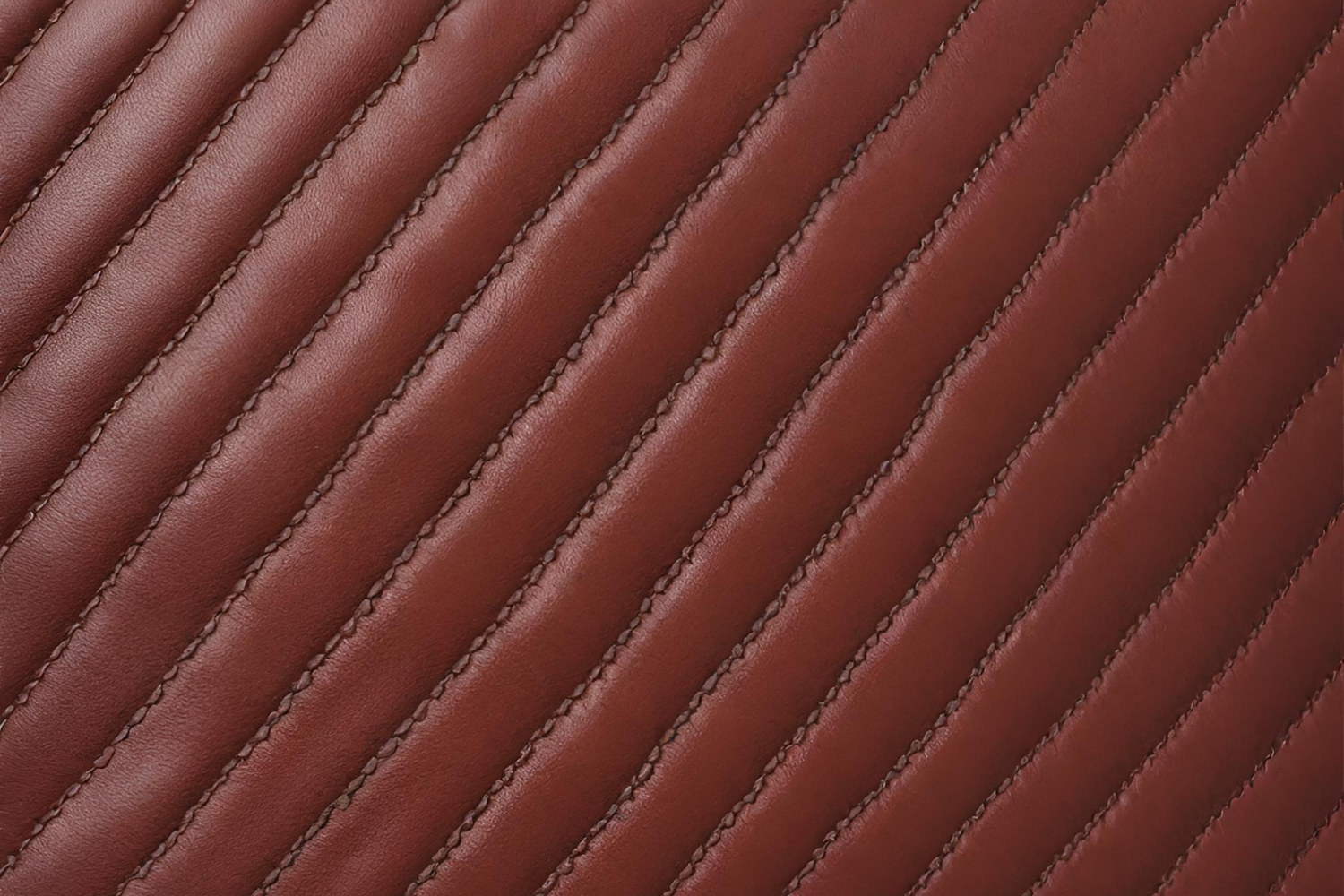
Illustrative image related to synthetic artificial leather
- Key resources:
- Industry Trade Shows: Attend relevant expos to meet suppliers and view their products firsthand.
- Online Marketplaces: Utilize platforms like Alibaba or Global Sources to explore supplier listings.
Step 3: Evaluate Supplier Certifications
Before making a commitment, it’s essential to verify that your selected suppliers hold relevant certifications. This can include ISO certifications, environmental standards (like REACH), and adherence to ethical manufacturing practices. Certifications not only ensure product quality but also demonstrate the supplier’s commitment to sustainability.
- What to check:
- Quality Assurance Standards: Ensure the supplier follows rigorous quality control processes.
- Sustainability Practices: Look for certifications related to eco-friendly materials and production methods.
Step 4: Request Samples for Testing
Request samples of synthetic artificial leather from your shortlisted suppliers. This step allows you to assess the material’s quality, texture, and overall suitability for your intended application. Testing samples can prevent costly mistakes in the long run by ensuring that the product meets your specifications.
- Testing criteria:
- Durability Tests: Evaluate how well the material withstands wear and tear.
- Aesthetic Appeal: Consider colorfastness and the overall look and feel of the material.
Step 5: Negotiate Terms and Conditions
Once you’ve selected a supplier based on quality and reliability, it’s time to negotiate terms. This includes pricing, payment methods, delivery schedules, and minimum order quantities. Clear agreements on these points can help prevent misunderstandings and ensure a smooth procurement process.
- Important aspects to cover:
- Lead Times: Confirm how long it will take for the supplier to deliver your order.
- Return Policies: Discuss options for returns or exchanges in case the material does not meet your expectations.
Step 6: Establish a Communication Plan
Effective communication with your supplier is vital throughout the sourcing process. Establish a plan that outlines how and when you will communicate, ensuring that both parties are aligned on expectations and timelines. This proactive approach can help address any issues promptly.
- Communication methods:
- Regular Updates: Schedule check-ins to discuss order progress and any potential delays.
- Feedback Mechanism: Create a channel for providing feedback on samples or initial orders.
Step 7: Monitor Delivery and Quality Control
Once your order is placed, closely monitor the delivery process and conduct quality control upon receipt of the synthetic artificial leather. Ensure that the materials align with your specifications and standards. This final check is crucial for maintaining product integrity and customer satisfaction.
- Quality checks to perform:
- Visual Inspection: Look for any defects or inconsistencies in color and texture.
- Performance Testing: Conduct any necessary tests to confirm that the material meets your requirements.
Comprehensive Cost and Pricing Analysis for synthetic artificial leather Sourcing
What Are the Key Cost Components in Synthetic Artificial Leather Sourcing?
When sourcing synthetic artificial leather, understanding the cost structure is crucial for B2B buyers. The primary cost components include:
-
Materials: The base material for synthetic leather typically consists of cotton or polyester, which is then coated with polyurethane (PU) or polyvinyl chloride (PVC). The choice of material significantly impacts the cost, with PU generally being more expensive than PVC due to its superior quality and feel.
-
Labor: Labor costs vary by region and manufacturing facility. Countries with lower labor costs can offer competitive pricing, but it’s essential to ensure that the quality of workmanship meets your standards.
-
Manufacturing Overhead: This includes costs associated with running the production facility, such as utilities, equipment maintenance, and administrative expenses. Efficient manufacturing processes can help minimize these overheads.
-
Tooling: If custom designs or specifications are required, tooling costs can add significantly to the total. This includes the creation of molds and other specialized equipment needed for production.
-
Quality Control (QC): Ensuring that the synthetic leather meets specified standards involves QC processes that can incur additional costs. Investing in stringent quality checks can prevent costly returns and reworks.
-
Logistics: Transportation and shipping costs are critical, especially for international buyers. Factors such as distance, mode of transport, and packaging can all influence logistics expenses.
-
Margin: Suppliers typically add a margin to cover their costs and profit. Understanding the typical margins in the synthetic leather industry can help buyers negotiate better pricing.
How Do Price Influencers Affect Synthetic Artificial Leather Costs?
Several factors influence the pricing of synthetic artificial leather, including:
-
Volume/MOQ: Suppliers often provide better pricing for larger orders. Understanding minimum order quantities (MOQ) can help buyers negotiate more favorable terms.
-
Specifications and Customization: Custom designs or specific performance characteristics can lead to higher costs. Clear communication of requirements is essential to avoid unexpected expenses.
-
Material Quality and Certifications: Higher-quality materials and certifications (e.g., eco-friendly or animal-friendly certifications) can elevate the price. Buyers should assess whether these factors align with their market positioning.
-
Supplier Factors: The reputation and reliability of the supplier play a significant role in pricing. Established suppliers may charge a premium, but they often provide better service and quality assurance.
-
Incoterms: The terms of shipping and delivery (Incoterms) can affect overall costs. Understanding the implications of terms like FOB (Free on Board) or CIF (Cost, Insurance, and Freight) is crucial for accurate cost forecasting.
What Are Effective Buyer Tips for Cost-Efficiency in Synthetic Artificial Leather Sourcing?
B2B buyers can adopt several strategies to enhance cost efficiency when sourcing synthetic artificial leather:
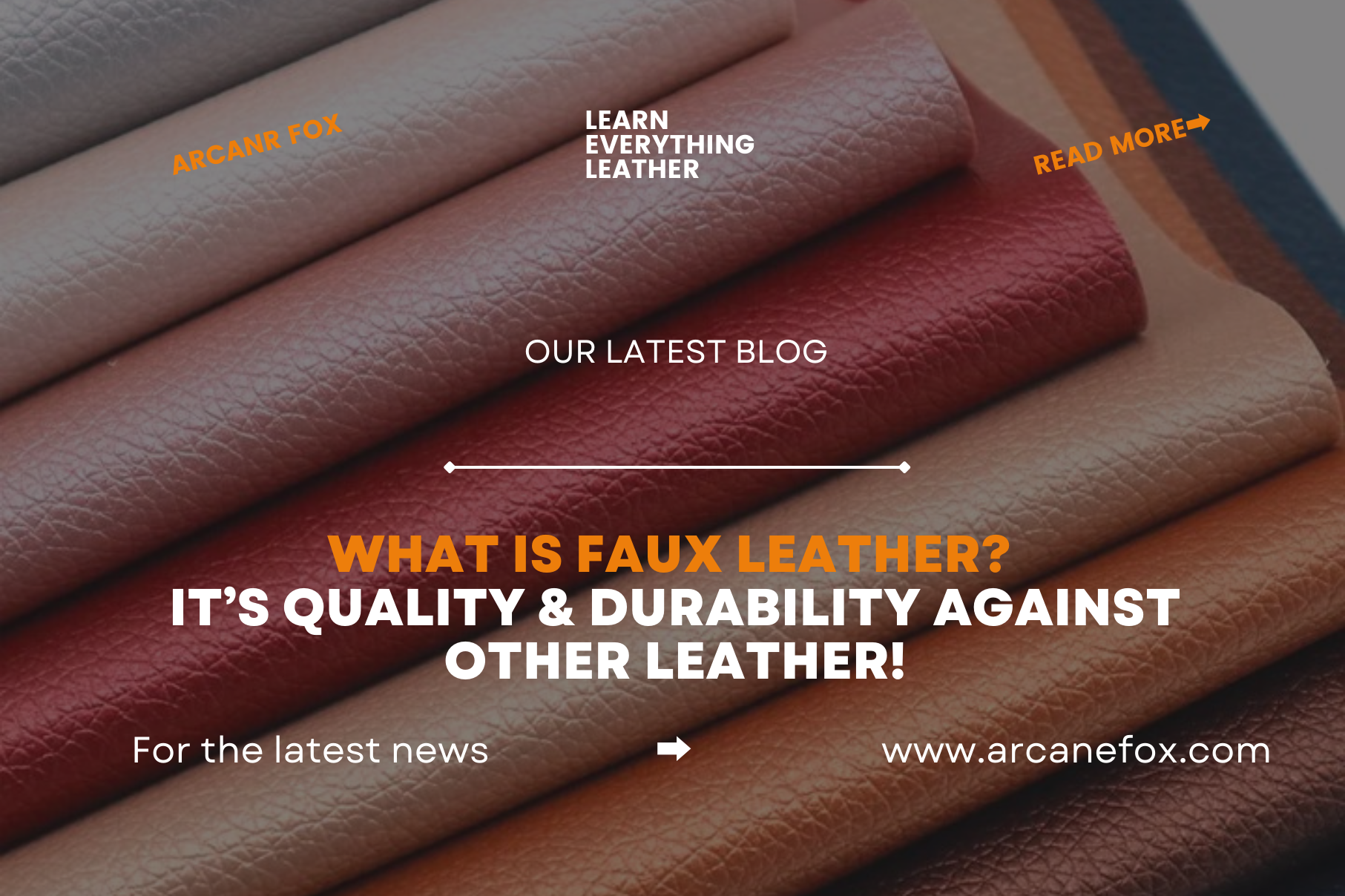
Illustrative image related to synthetic artificial leather
-
Negotiate Terms: Always negotiate pricing and terms with suppliers. Leverage volume commitments and long-term relationships to secure better deals.
-
Evaluate Total Cost of Ownership (TCO): Look beyond initial costs and consider the TCO, which includes maintenance, durability, and potential waste. A slightly higher upfront price may lead to lower overall costs.
-
Understand Pricing Nuances for International Sourcing: Buyers from Africa, South America, the Middle East, and Europe should be aware of currency fluctuations, trade tariffs, and local market conditions that could affect pricing.
-
Conduct Market Research: Regularly analyze market trends and competitor pricing to ensure that your sourcing strategy remains competitive.
Disclaimer on Indicative Prices
Prices for synthetic artificial leather can vary widely based on the factors discussed. It is advisable for buyers to conduct thorough market research and engage in direct negotiations with suppliers to obtain the most accurate and relevant pricing for their specific needs.
Alternatives Analysis: Comparing synthetic artificial leather With Other Solutions
Exploring Alternatives to Synthetic Artificial Leather: A Comparative Analysis
In the quest for sustainable and ethical materials, synthetic artificial leather has gained popularity across various industries. However, it is essential for B2B buyers to consider viable alternatives that may better suit specific applications and values. This section provides a comparative analysis of synthetic artificial leather against two prominent alternatives: natural leather and plant-based leather.
Comparison Table
| Comparison Aspect | Synthetic Artificial Leather | Natural Leather | Plant-Based Leather |
|---|---|---|---|
| Performance | Moderate durability; water-resistant but less breathable than natural leather | High durability; excellent breathability and aging properties | Varies by type; generally good but less durable than natural leather |
| Cost | Lower initial cost; varies widely based on quality | Higher cost due to animal husbandry and processing | Competitive pricing; generally lower than natural leather but may vary |
| Ease of Implementation | Easy to source and manufacture; widely available | Requires specific sourcing; limited to regions with livestock | Emerging market; availability can be inconsistent |
| Maintenance | Low maintenance; easy to clean with mild detergents | Requires regular conditioning; sensitive to moisture | Generally low maintenance; specific care may depend on material type |
| Best Use Case | Upholstery, fashion accessories, automotive interiors | High-end products, luxury fashion, durable goods | Eco-friendly products, fashion items targeting sustainability |
Detailed Breakdown of Alternatives
Natural Leather
Natural leather is renowned for its unparalleled durability, breathability, and aesthetic appeal. It ages gracefully, developing a unique patina over time, which is highly valued in luxury markets. However, the environmental impact of animal farming and the ethical concerns surrounding animal welfare pose significant drawbacks. Additionally, natural leather often comes at a higher price point, making it less accessible for budget-conscious businesses. Its maintenance requirements are also more stringent, necessitating regular conditioning to prevent drying and cracking.
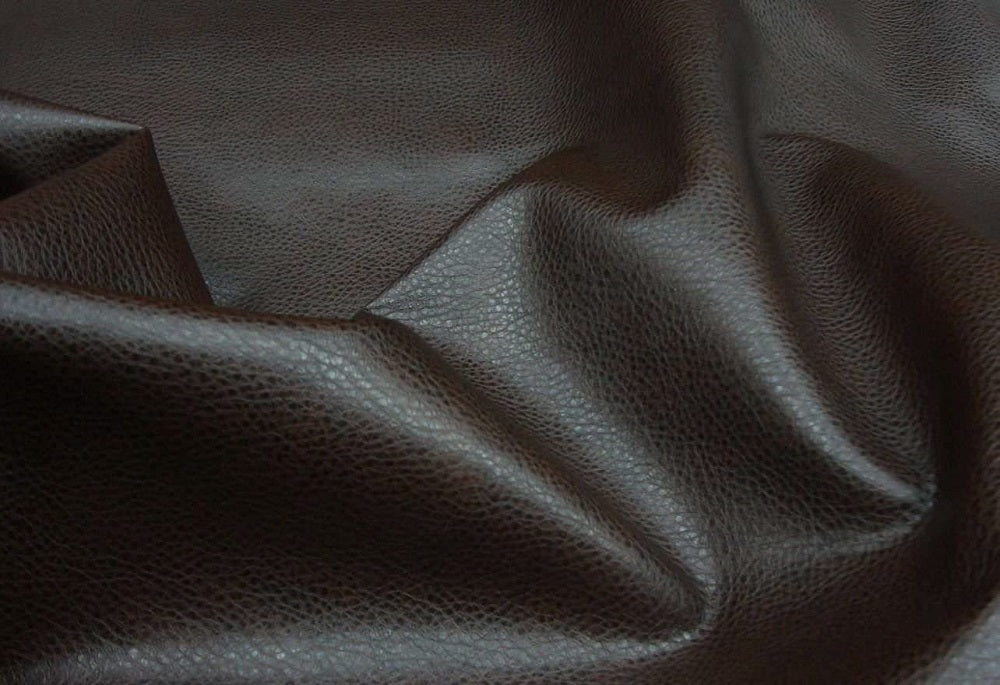
Illustrative image related to synthetic artificial leather
Plant-Based Leather
Plant-based leather represents a growing trend towards sustainability, made from materials such as pineapple leaves, cork, and apple peels. This alternative offers a biodegradable solution, addressing some of the environmental concerns associated with synthetic and natural leather. The performance of plant-based leather can vary significantly based on the source material; while some options provide good durability and aesthetics, others may be less robust compared to traditional leather. Additionally, the market for plant-based leathers is still developing, which can lead to inconsistent availability and pricing.
Conclusion: How to Choose the Right Leather Alternative for Your Business Needs
When selecting between synthetic artificial leather and its alternatives, B2B buyers must consider various factors, including performance requirements, budget constraints, and ethical implications. Understanding the specific use cases for each material can significantly influence the decision-making process. For example, businesses focused on luxury goods may prioritize natural leather for its premium qualities, while those committed to sustainability might lean towards plant-based leather. Ultimately, the right choice will depend on aligning material properties with business objectives and market demands.
Essential Technical Properties and Trade Terminology for synthetic artificial leather
What Are the Key Technical Properties of Synthetic Artificial Leather?
When evaluating synthetic artificial leather for B2B applications, understanding its technical properties is crucial. Here are several key specifications that play a significant role in product selection and procurement:
1. Material Composition
Synthetic artificial leather is primarily composed of polyurethane (PU) or polyvinyl chloride (PVC), both of which offer different characteristics. PU is generally more flexible and breathable, making it ideal for garments, while PVC is more durable and often used in upholstery. Knowing the material composition helps buyers determine suitability for their specific applications, such as fashion, automotive, or furniture.
2. Abrasion Resistance
Abrasion resistance refers to the material’s ability to withstand wear and tear over time. This property is particularly important for products that will experience frequent use, such as upholstery in public spaces or automotive interiors. Higher abrasion resistance translates to longer product life, which is a critical factor for manufacturers looking to minimize replacement costs.
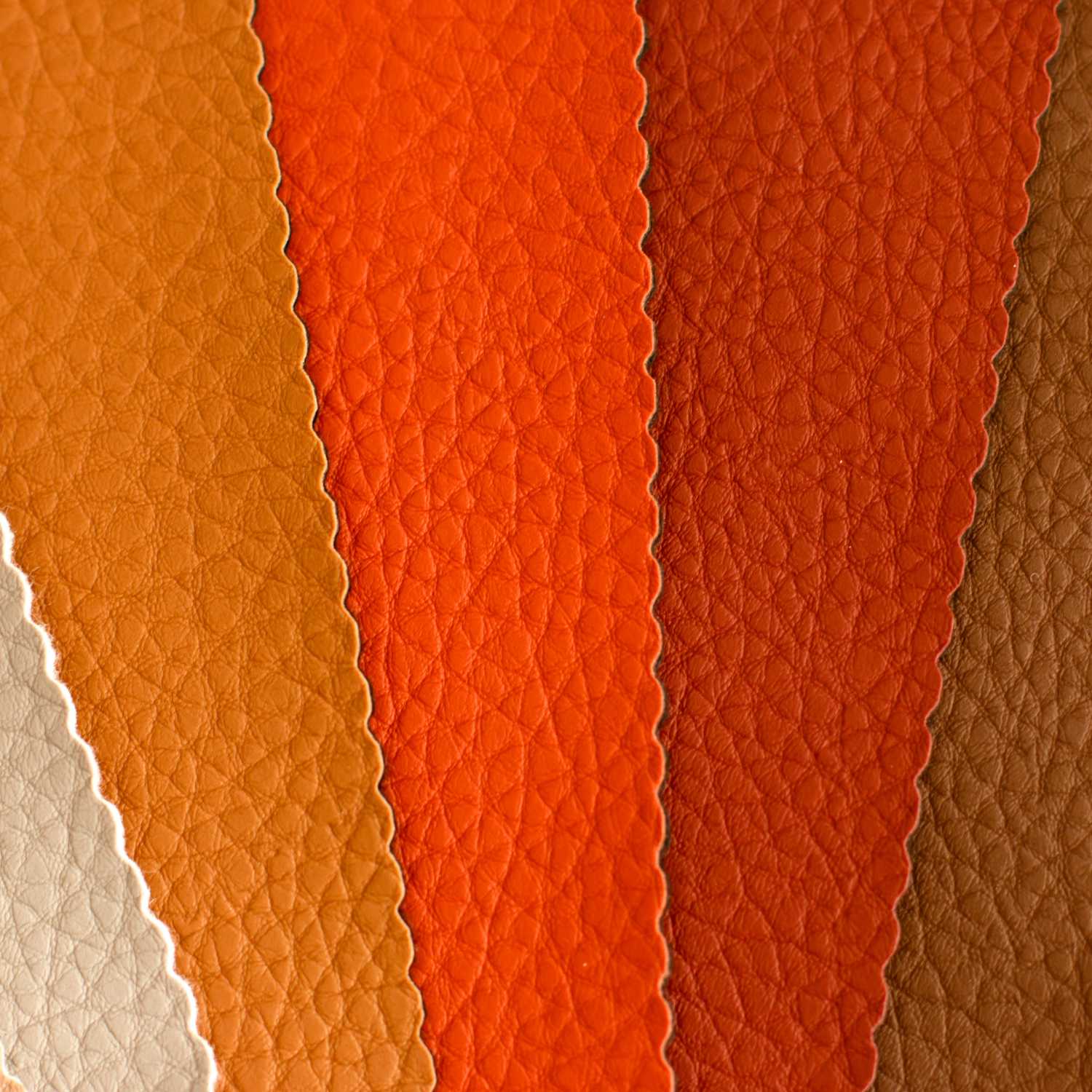
Illustrative image related to synthetic artificial leather
3. Fire Resistance
Fire resistance is a non-negotiable property for synthetic leather used in public environments. Many regions have stringent regulations regarding fire safety, making it essential for B2B buyers to ensure that their synthetic leather meets these standards. Products that are certified fire-resistant can enhance safety and compliance in commercial applications.
4. Environmental Impact
With the growing emphasis on sustainability, the environmental impact of synthetic leather is a key consideration. Buyers should be aware of the manufacturing processes and materials used. For instance, vegetable-based synthetic leathers offer a more eco-friendly alternative to traditional petroleum-based options. Understanding the environmental impact can also aid companies in meeting corporate social responsibility (CSR) objectives.
5. Color Fastness
Color fastness measures how well the synthetic leather retains its color when exposed to light, washing, or rubbing. This property is particularly important for products in fashion and upholstery, where color retention is vital for aesthetic appeal. High color fastness ratings can enhance customer satisfaction and reduce returns, making it a critical specification for B2B buyers.
What Are Common Trade Terms Related to Synthetic Artificial Leather?
Navigating the world of synthetic artificial leather involves understanding specific trade terminology. Here are essential terms that every B2B buyer should know:
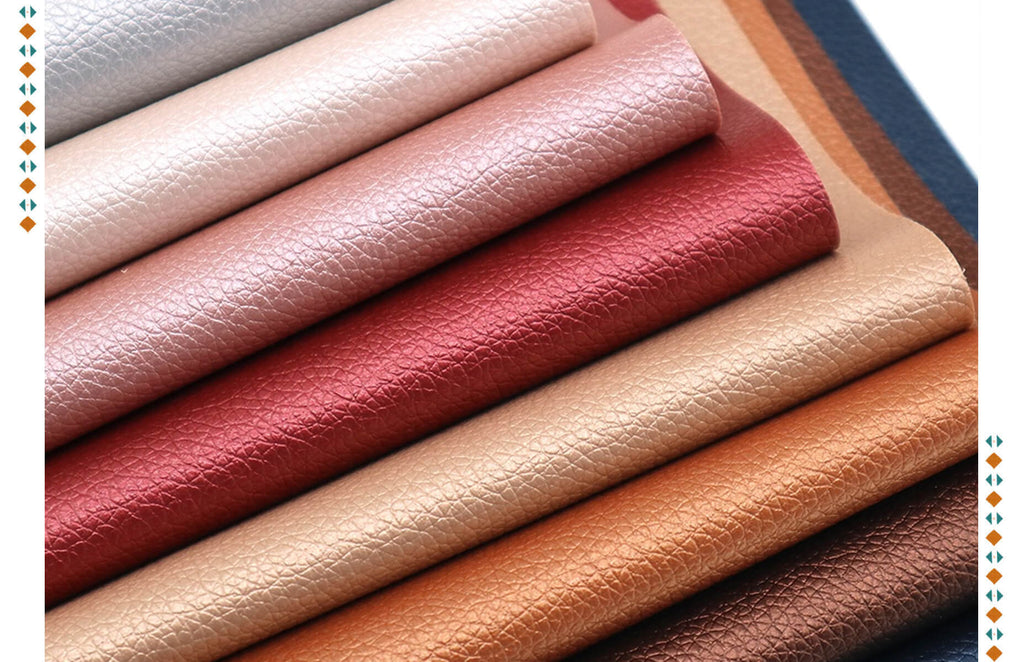
Illustrative image related to synthetic artificial leather
1. OEM (Original Equipment Manufacturer)
OEM refers to companies that produce components or products that are marketed under another company’s brand. In the synthetic leather industry, an OEM may manufacture fabric for a fashion brand. Understanding OEM agreements can help buyers negotiate better pricing and ensure product quality.
2. MOQ (Minimum Order Quantity)
MOQ is the smallest quantity of a product that a supplier is willing to sell. Knowing the MOQ is vital for B2B buyers to manage inventory and budget effectively. Suppliers often set MOQs based on production costs, so being aware of this term can help in strategic planning.
3. RFQ (Request for Quotation)
An RFQ is a document sent by buyers to suppliers asking for pricing information on specific products. This is a crucial step in the procurement process, allowing buyers to compare costs and ensure they are getting the best value for their investment in synthetic leather.
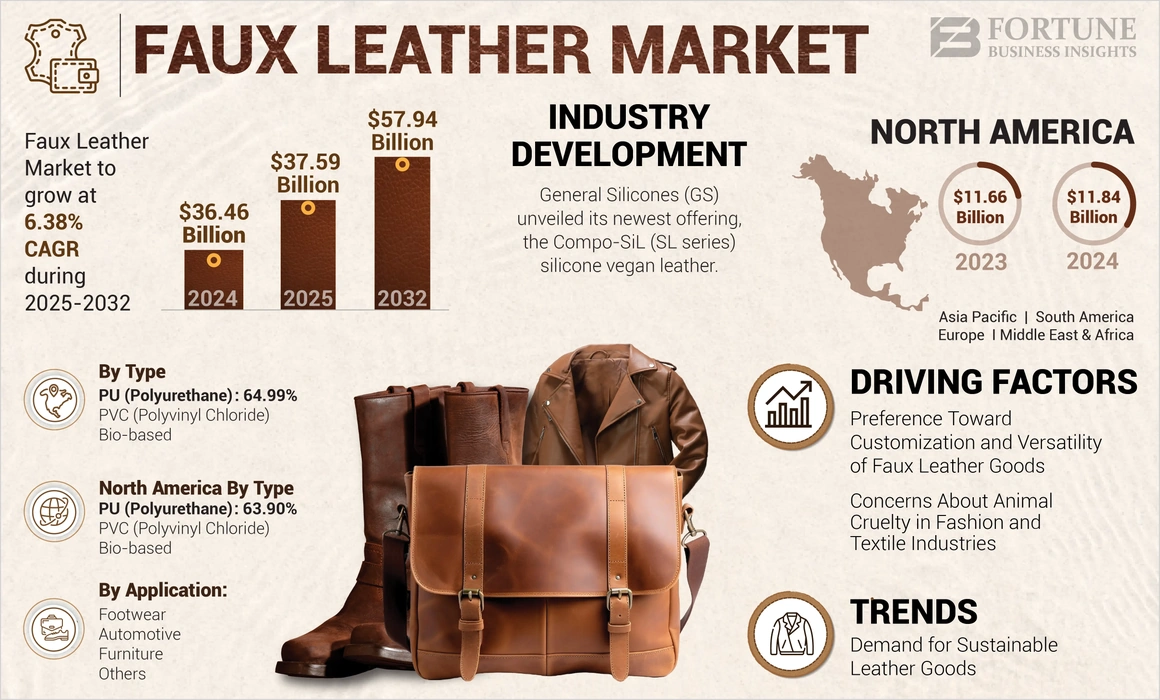
Illustrative image related to synthetic artificial leather
4. Incoterms (International Commercial Terms)
Incoterms are standardized shipping terms that define the responsibilities of buyers and sellers in international transactions. Familiarity with Incoterms can help buyers understand their obligations regarding shipping costs, insurance, and delivery timelines, ensuring smoother cross-border transactions.
5. PVC vs. PU
Understanding the difference between PVC and PU is essential for making informed purchasing decisions. PVC is typically more cost-effective and durable, while PU offers a softer, more leather-like feel. Knowing these distinctions helps buyers select the right material for their intended use, whether it’s for fashion, furniture, or automotive applications.
By grasping these technical properties and trade terms, B2B buyers can make informed decisions when sourcing synthetic artificial leather, ensuring that they meet their quality, cost, and sustainability goals.
Navigating Market Dynamics and Sourcing Trends in the synthetic artificial leather Sector
What Are the Key Market Dynamics and Trends Influencing the Synthetic Artificial Leather Sector?
The global synthetic artificial leather market is undergoing significant transformation, driven by a confluence of economic, technological, and consumer trends. B2B buyers from regions such as Africa, South America, the Middle East, and Europe are increasingly drawn to synthetic leather due to its cost-effectiveness and versatility compared to genuine leather. Key drivers include rising disposable incomes, urbanization, and the growing demand for sustainable and ethically sourced materials. As the market expands, technological advancements in manufacturing processes, such as digital printing and innovative polymer formulations, are enhancing the quality and aesthetic appeal of synthetic leather products.
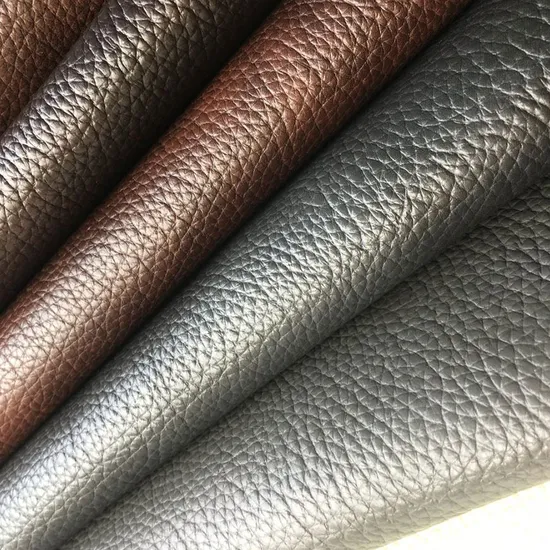
Illustrative image related to synthetic artificial leather
Emerging trends also indicate a shift towards customization and personalization. B2B suppliers are leveraging digital tools to offer customized solutions tailored to specific industry needs, particularly in fashion, automotive, and furniture sectors. Additionally, the integration of smart technologies in synthetic leather, such as moisture-wicking and temperature-regulating properties, is set to create new market opportunities. Buyers in countries like Saudi Arabia and Vietnam are particularly interested in these innovations, which align with their growing consumer bases that prioritize both functionality and style.
How Is Sustainability and Ethical Sourcing Reshaping the Synthetic Artificial Leather Industry?
Sustainability is becoming a paramount concern in the synthetic artificial leather sector, as consumers and businesses alike seek eco-friendly alternatives. Traditional synthetic leather, primarily made from PVC and polyurethane, poses environmental challenges due to its non-biodegradable nature and the harmful chemicals released during production. As a response, manufacturers are increasingly adopting sustainable practices and materials. This includes the development of plant-based synthetic leathers and recycled materials that reduce environmental impact while still delivering the desired quality.
For B2B buyers, the importance of ethical sourcing cannot be overstated. Ensuring that suppliers adhere to ethical labor practices and environmentally friendly production methods not only enhances brand reputation but also meets the growing consumer demand for transparency. Certifications such as Global Organic Textile Standard (GOTS) and OEKO-TEX® Standard 100 are becoming crucial for buyers looking to source sustainable synthetic leather. Engaging with suppliers who prioritize these certifications can significantly enhance a company’s marketability in regions where eco-conscious purchasing is on the rise.
What Is the Historical Context Behind the Rise of Synthetic Artificial Leather?
The evolution of synthetic artificial leather dates back to the early 20th century when the U.S. Rubber Company developed Naugahyde, a product that offered an alternative to genuine leather. This innovation was initially driven by the need for cost-effective materials during the war. Over the decades, the production techniques have evolved, particularly with the introduction of PVC and polyurethane, which made synthetic leather more accessible and varied in application.
While the market flourished through the latter half of the 20th century, the rise of environmental consciousness in recent years has prompted a reevaluation of synthetic leather’s production methods. As the industry moves towards more sustainable practices, the historical context serves as a reminder of the ongoing balance between innovation and responsibility, providing valuable insights for B2B buyers navigating today’s market dynamics.
Frequently Asked Questions (FAQs) for B2B Buyers of synthetic artificial leather
-
How do I choose the right supplier for synthetic artificial leather?
Selecting the right supplier involves several key factors. Start by evaluating the supplier’s reputation in the industry, which can be gauged through customer reviews and case studies. Request samples to assess the quality of their products, and ensure they comply with international standards and regulations. It’s also crucial to verify their production capacity, lead times, and ability to meet your customization needs. Establish clear communication channels and consider visiting the facility if feasible to build trust and ensure transparency. -
What are the common applications of synthetic artificial leather?
Synthetic artificial leather is versatile and used across various industries. Common applications include upholstery for furniture, automotive interiors, fashion items such as handbags and shoes, and sports equipment. It’s also popular for protective gear, luggage, and accessories. Understanding the specific requirements of your target market will help you identify the most suitable type of synthetic leather, whether you need high durability for upholstery or flexibility for garments. -
What are the minimum order quantities (MOQ) for synthetic artificial leather?
MOQs for synthetic artificial leather can vary significantly among suppliers, typically ranging from 500 to 5,000 meters, depending on the type, color, and customization options. When sourcing, inquire about the MOQ upfront, as this will impact your initial investment and inventory management. Some suppliers may offer lower MOQs for specific collections or colors, so it’s worthwhile to discuss your needs directly with potential partners to find the best arrangement. -
How can I ensure quality assurance (QA) for synthetic artificial leather?
Implementing a robust QA process is essential when sourcing synthetic artificial leather. Begin by setting clear quality standards and specifications in your purchase agreement. Request pre-production samples and conduct inspections at various production stages. Collaborating with third-party QA inspectors can provide an unbiased assessment of product quality. Additionally, ensure that the supplier is open to feedback and willing to make adjustments based on your findings, reinforcing a strong partnership. -
What payment terms should I negotiate with suppliers?
When negotiating payment terms, consider factors such as your cash flow, supplier policies, and the size of your order. Common terms include a deposit (30-50%) upfront, with the balance due upon shipment or delivery. For larger orders, you might negotiate extended payment terms. Always ensure that the payment method is secure, whether through letters of credit, bank transfers, or other secure channels, to mitigate risks associated with international transactions. -
How do I manage logistics when importing synthetic artificial leather?
Managing logistics requires careful planning. Start by researching shipping options and understanding the costs associated with freight forwarding, customs duties, and taxes specific to your destination. Work closely with your supplier to ensure proper documentation and packaging. Engaging a reliable logistics partner familiar with international shipping can streamline the process, ensuring timely delivery and compliance with local regulations. Always account for potential delays and have contingency plans in place. -
What customization options are available for synthetic artificial leather?
Customization options for synthetic artificial leather can include color, texture, thickness, and finish. Many manufacturers offer the ability to create unique patterns or prints, catering to specific market needs. Discuss your design requirements during initial negotiations and request prototypes to evaluate the final product. Understanding the supplier’s capabilities and limitations is crucial to achieving the desired outcome while adhering to production timelines. -
What environmental considerations should I be aware of when sourcing synthetic artificial leather?
As sustainability becomes increasingly important, consider suppliers that produce eco-friendly synthetic leather options. Investigate materials that are free from harmful chemicals and those that utilize vegetable-based alternatives instead of traditional PVC or PU. Request information about the supplier’s manufacturing processes and any certifications they hold, such as ISO or REACH compliance. By prioritizing environmentally conscious options, you can enhance your brand image and cater to a growing segment of eco-aware consumers.
A Look at Synthetic Artificial Leather Manufacturers & Suppliers
Could not verify enough suppliers for synthetic artificial leather to create a list at this time.
Strategic Sourcing Conclusion and Outlook for synthetic artificial leather
What Are the Key Takeaways for B2B Buyers in the Synthetic Artificial Leather Market?
As the demand for synthetic artificial leather continues to rise, especially in emerging markets across Africa, South America, the Middle East, and Europe, strategic sourcing becomes crucial for B2B buyers. Understanding the production dynamics—primarily dominated by China—and the evolving landscape of sustainable alternatives, such as vegetable-based synthetic leathers, can help buyers make informed decisions.
Investing in high-quality faux leather not only meets consumer expectations for durability and aesthetics but also aligns with growing ethical and environmental considerations. With applications ranging from upholstery to fashion accessories, the versatility of synthetic leather provides numerous opportunities for differentiation in competitive markets.
How Can B2B Buyers Prepare for Future Trends in Synthetic Leather?
Looking ahead, B2B buyers should actively seek partnerships with manufacturers who prioritize sustainable practices and innovative technologies. This proactive approach will not only enhance product offerings but also ensure compliance with increasingly stringent environmental regulations.
By embracing these insights and committing to strategic sourcing, international buyers can position themselves to thrive in the dynamic synthetic artificial leather market. Engage with suppliers today to stay ahead of trends and secure a sustainable, profitable future.
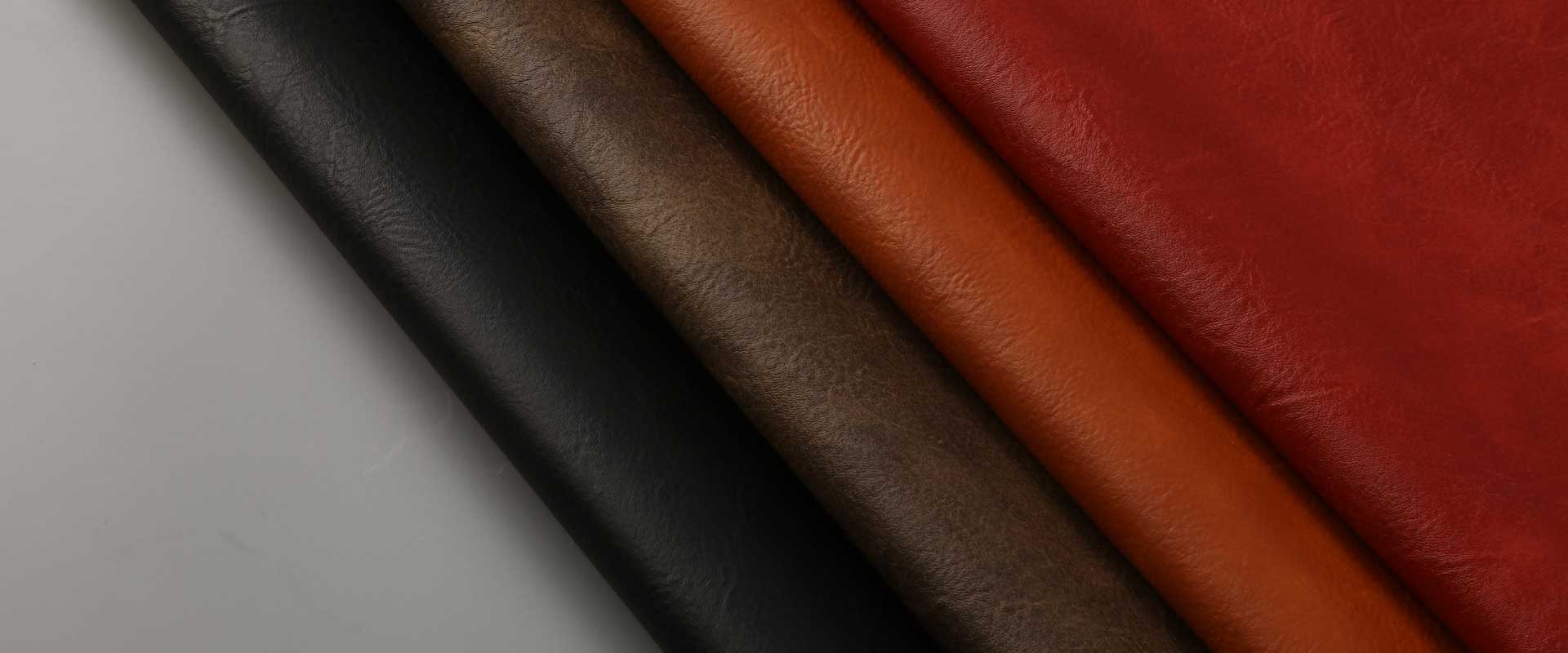
Illustrative image related to synthetic artificial leather
Important Disclaimer & Terms of Use
⚠️ Important Disclaimer
The information provided in this guide, including content regarding manufacturers, technical specifications, and market analysis, is for informational and educational purposes only. It does not constitute professional procurement advice, financial advice, or legal advice.
While we have made every effort to ensure the accuracy and timeliness of the information, we are not responsible for any errors, omissions, or outdated information. Market conditions, company details, and technical standards are subject to change.
B2B buyers must conduct their own independent and thorough due diligence before making any purchasing decisions. This includes contacting suppliers directly, verifying certifications, requesting samples, and seeking professional consultation. The risk of relying on any information in this guide is borne solely by the reader.


